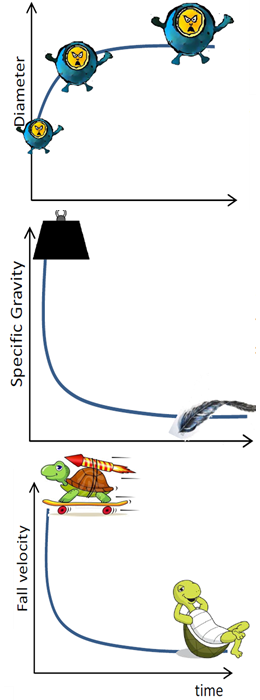Asian Carp at Early Life Stages
Control strategies for Asian Carp at early life stage
Although Asian carp prefer to live in lakes, they require large rivers to spawn and support egg and larvae development (Kolar et al. 2007). Both the drifting eggs and early larvae are semi-buoyant and it is believed they must remain suspended in the water column to survive (Soin and Sukhanova 1972; Yi et al. 1988).
Important factors affecting the spawning of Asian carp include the following: water level fluctuation, turbulence (presence of eddies and bubbles), flow velocity, temperature, and turbidity.

The development and implementation of control strategies to target the early life stages of silver and bighead carp require a thorough understanding of the transport and dispersal patterns of silver and bighead carp eggs.
After fertilization the eggs begin to swell as the egg adsorbs water. The egg diameter increases with time and eventually, the egg’s diameter reaches an approximately constant value. In parallel, the egg’s specific gravity and fall velocity both decrease with time. (Chapman & George 2011a, 2011b).